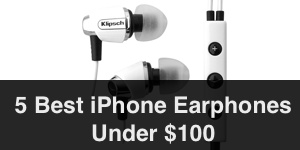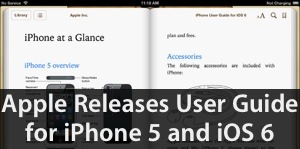
Coverage map from AT&T. 4G = HSPA+.
With no LTE radio inside the iPhone 4S, it is not a true 4G phone, but it does support AT&T’s faster HSPA+ network. With the only HSPA+ network in the US carrying the iPhone (sorry, T-Mobile), AT&T seemingly has the advantage over Verizon and Sprint in luring in new iPhone 4S customers. So if AT&T has the fastest data network for the iPhone, does that mean you should buy an AT&T iPhone 4S? If average download speed is your only factor, then yes; but unfortunately a good experience with a wireless carrier is more complicated than that.
Yes, the HSPA+ radio in the iPhone 4S is theoretically capable of downloading data twice as fast as the iPhone 4’s HSPA radio. HSPA+ speeds top out at 14.4 Mbps compared with 7.2 Mbps of HSPA. However, real-world speeds are never as fast as advertised.
Buying any smartphone is like buying real estate, it’s all about location. In the case of smartphones, network coverage should be what you start with. Or more precisely, network coverage in the areas where you’ll be spending most of your time, like home and work.
Unfortunately, AT&T’s network coverage for HSPA+ is sparse in the US, although it does appear to be about equal to Verizon’s LTE coverage. This means most people in the US, at least for now, won’t be able to take advantage of faster HSPA+ speeds, even assuming AT&T is up to the task of offering those faster download speeds—no sure thing in itself. AT&T’s official stance is that HSPA+ can offer 4G-like speeds “when combined with enhanced backhaul,” in other words, bigger data pipes.
AT&T’s coverage map can be found here on their official website. You can zoom in on your area to see if it’s covered by 4G (which stands for HSPA+ on the map).
*Update* Here’s a list of AT&T’s HSPA+ markets. This is a list cobbled together from press reports, so it may be incomplete. Please check the coverage map link above to check your area:
– San Francisco (including north to Santa Rosa)
– Los Angeles
– San Diego
– Sacramento
– Bakersfield, CA
– Modesto, CA
– Chicago
– Dallas/Fort Worth
– San Antonio
– Austin
– Boston
– Providence, R.I.
– Houston
– Charlotte, N.C.
– Buffalo, N.Y.
– Puerto Rico
– Baltimore
– Jacksonville
– Tampa
– Minneapolis/St. Paul, Minn.
– Hartford, Conn.
– Syracuse, N.Y.
– Greater New York City
– Southern New England
– Eastern Pennsylvania
– St. Louis, Mo.
– Kansas City
– “Michigan”
– Anchorage, Ak











It’s not HSPA+ (21 Mbps minimum plus low latency), it’s just faster HSDPA vs iPhone 4, so you don’t need the HSPA+ coverage.
According to the 3rd Generation Partnership Project (3GPP), the iPhone 4S is an HSPA+ device (more info here). In any case, the labels mean nothing and it will all come down to real-world speeds. AT&T needs to increase their backhaul to support LTE, so my guess is that AT&T’s self-described HSPA+ markets are simply an indication of where recent backhaul improvements were made and where future LTE markets will pop up.